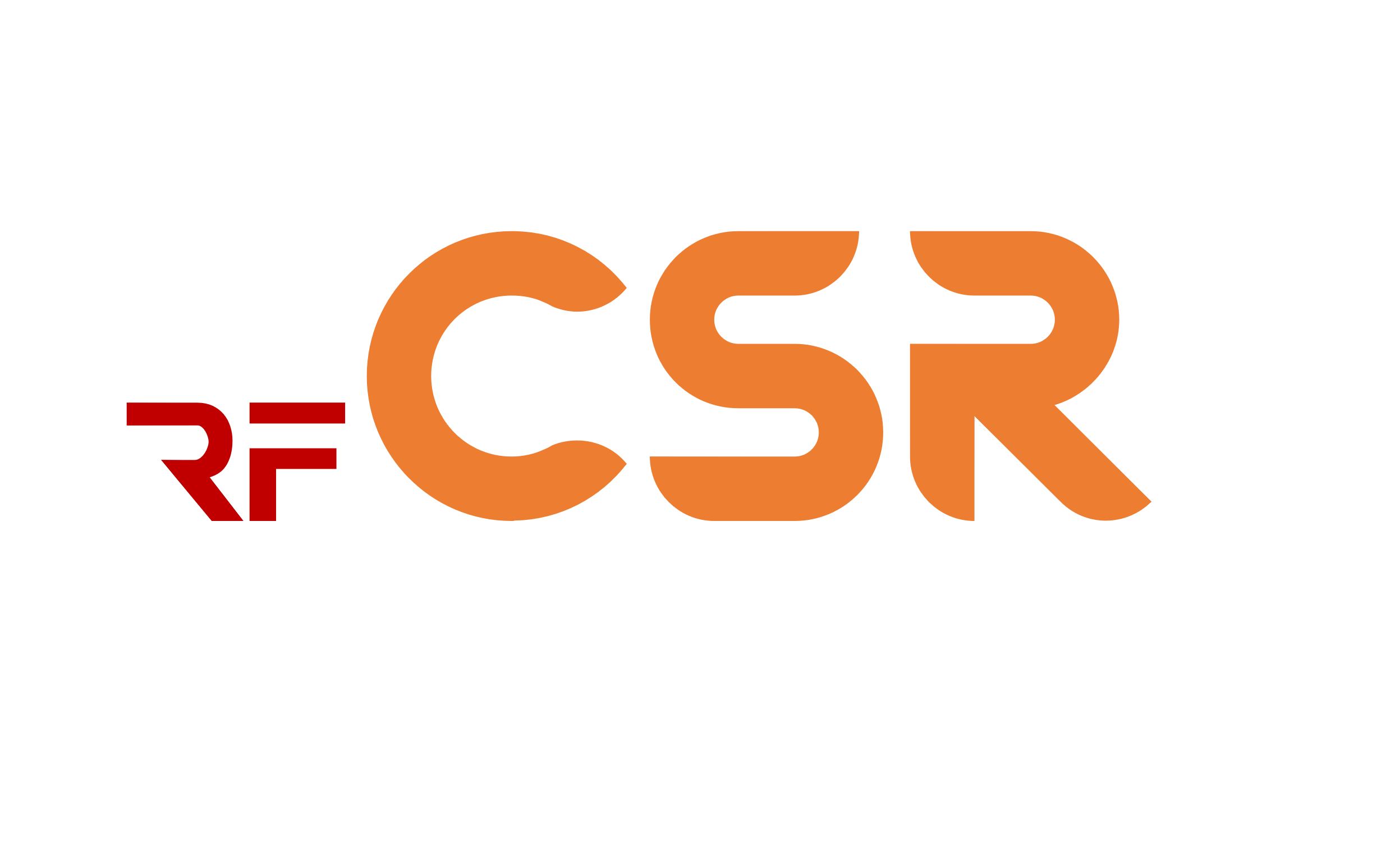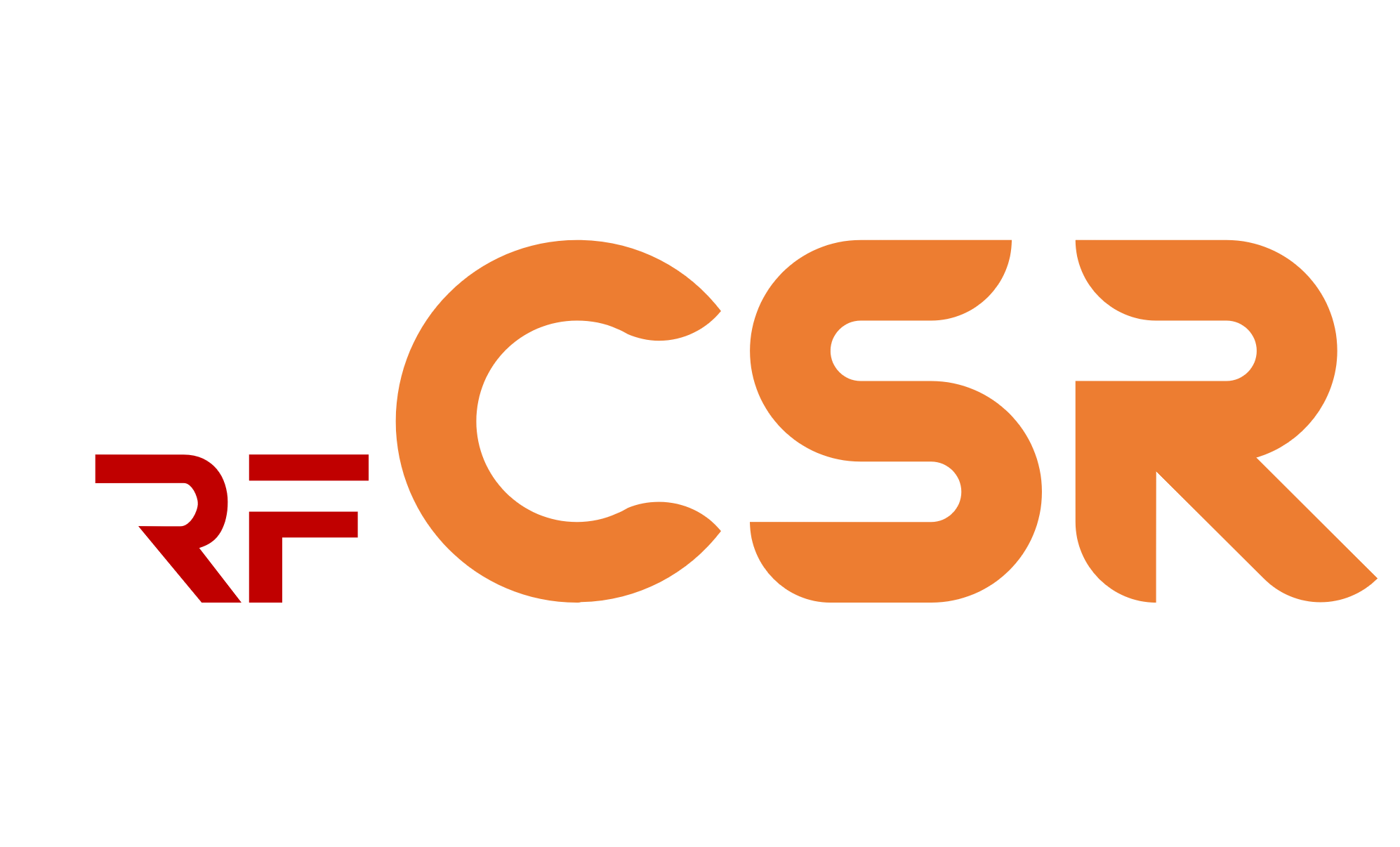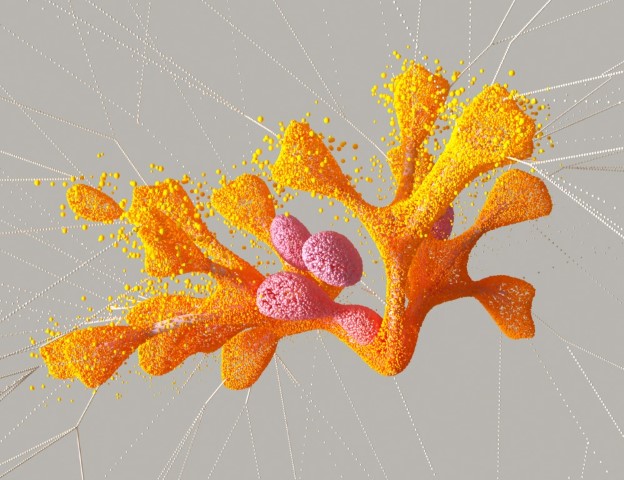——— October 02, 2023 | Research & Discoveries
Revolutionizing Production and Medicine with 3D Printing Technology: A Game-Changing Innovation
With its revolutionary potential to revolutionize everything from manufacturing to health, 3D printing is a cutting-edge technology. 3D printing offers remarkable flexibility and accuracy due to its capacity to build complicated structures and objects layer by layer, enabling the creation of specialized, high-quality goods.
——— Recent Articles
A three-dimensional item is created via additive manufacturing, often known as 3D printing, by building it up layer by layer from a digital model. A number of materials, including plastics, metals, ceramics, and even live tissue, can be used for this. The capacity to produce intricate structures and geometries that would be challenging or impossible to manufacture using conventional manufacturing methods is one of the main benefits of 3D printing. This contains components that are interconnected, include interior caverns, and have complex forms.
The ability to produce specialized, high-quality items more quickly and affordably thanks to 3D printing has the potential to revolutionize the industrial sector. Everything from consumer goods to aeronautical components falls under this category. For instance, personalized prosthetic limbs made to fit a person’s particular demands and anatomy may be produced via 3D printing. As a result, the prosthesis may fit more comfortably and allow for more natural movement. Furthermore, 3D printing may be utilized to manufacture short runs of goods more rapidly and affordably than conventional manufacturing processes. This may be especially helpful for businesses that manufacture specialized or niche goods that are challenging to mass-produce using conventional methods.
In the world of medical, 3D printing has significant uses that include the production of personalized implants, prostheses, and even human tissue. For instance, orthopedic implants may be made specifically for a patient’s individual anatomy using 3D printing. This can enhance surgical results and lower the chance of problems. Additionally, 3D printing may be utilized to make tissue engineering scaffolds, which can then be used to grow cells to form new tissues and organs. By enabling the production of replacement tissues and organs that are tailored to each patient, this has the potential to transform regenerative medicine.
Despite the potential advantages of 3D printing, there are worries about the technology’s safety and moral consequences. For instance, there is a chance that 3D printed products might malfunction as a result of flaws or weaknesses in the material or that they could be mishandled. Regulations and standards are required to solve these issues and guarantee the moral and ethical usage of 3D printing. This involves making certain that 3D-printed things are trustworthy and safe, and that they don’t endanger people’s health or safety. In order for society to comprehend and accept the potential advantages of 3D printing, there is also a need for public education and involvement. This entails addressing worries about the moral ramifications of 3D printing and making sure that the advantages of the technology are equitably spread across society.
An innovative new technique called 3D printing has the capacity to revolutionize a variety of sectors, from manufacturing to medical. 3D printing enables extraordinary flexibility and accuracy by enabling the fabrication of specialized, high-quality items, making it possible to create structures and things that would be challenging or impossible to create using conventional manufacturing methods. In order to guarantee that the technology is developed in a responsible and ethical manner, there are also worries about the safety and ethical implications of 3D printing. As a result, rules, guidelines, and public involvement are necessary. Overall, 3D printing is a potent new tool for improving our knowledge of manufacturing and medicine and developing fresh approaches to some of the most pressing problems the world is facing.


